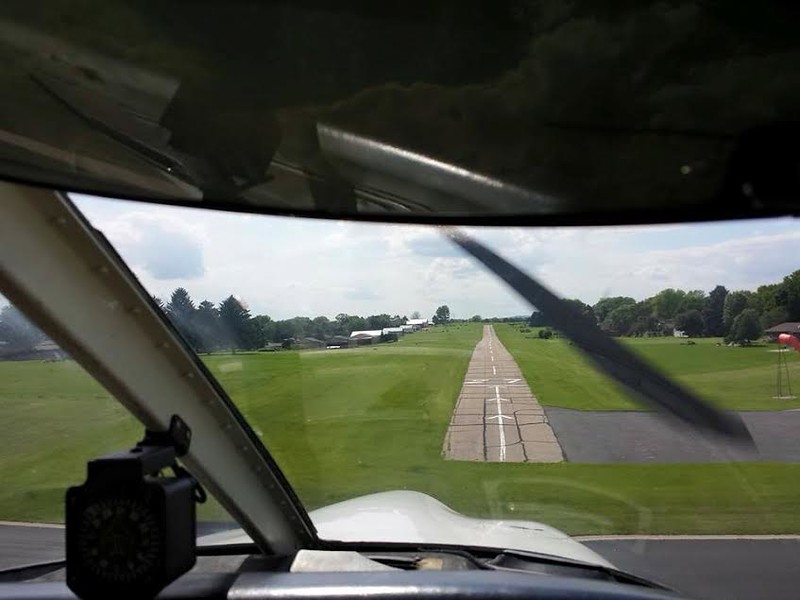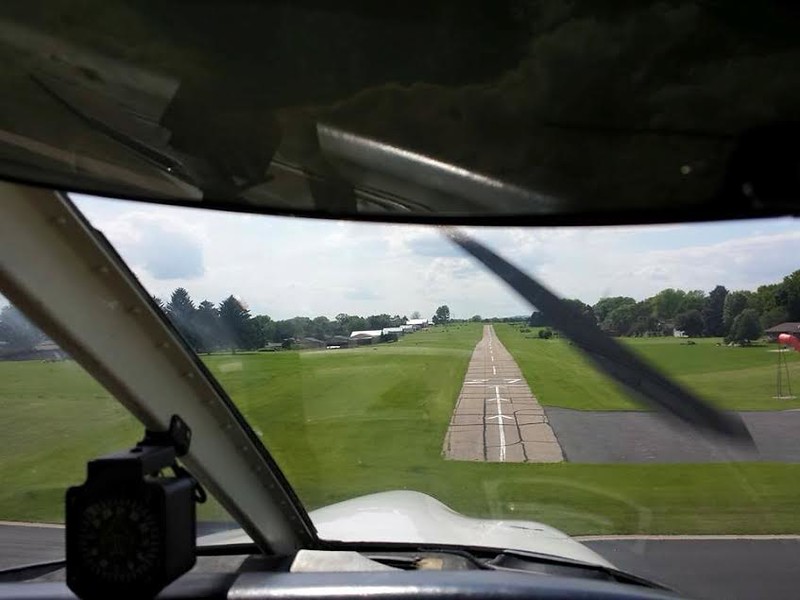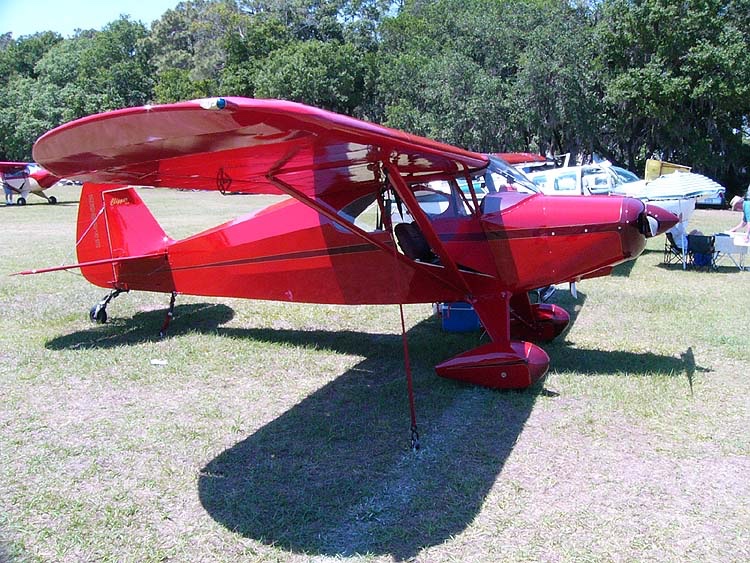Stevel
Pre-takeoff checklist
I looked at AZPilot's screen capture, and assuming that the scale is accurate, a stabilized approach to the threshold on a 3 degree slope would have the clearance above ground-level as it passed over the edge of a 13'6" truck parked right at the edge of the shoulder would still be 4'4" (17'10" AGL).
The problem with that calculation is that it assumes that the road surface is at the same elevation as the runway threshold. With 340' between the threshold and the edge of the shoulder, I would not be comfortable making that assumption.
I will not voice an opinion on the prudence of a 3 degree stabilized approach to the threshold for an experienced pilot, but at my sub 100-hour experience, I would make it steeper and aim a bit further down the runway.
For the sake of full disclosure, I will share that my instructor wouldn't allow me to make stabilized approaches at all. It was "cut the power abeam the numbers" every time (except when he would do something unexpected to screw with me). My DPE was aware of this from some conversations that we had during the oral, and he pumped up my confidence by telling me that it would not be a challenge at all since we had just discussed the procedure and I knew all of the details. He let me do a landing to the PTS using the method that I was taught, and then casually said "let's try one with a stabilized approach." He said he wouldn't fault me if I wanted to extend my downwind beyond what we had discussed in the oral in order to give myself more time to work out the details. I asked about the opposite, staying closer to what I know and doing it a bit steeper than we had discussed in the oral. He said that was fine too. I ended up going out about twice as far as I usually would with the power off, and then finding the urge to turn overwhelming, was pretty high for an approach to my assigned touchdown point. I put in flaps and found the power setting that would let me hit the mark. It was steeper than most would choose for a stabilized approach, but still much shallower than I was used to. I told him that I could make it, but I was not sure that it would prove to him that I could do a stabilized approach. He replied, "I already know that you can do it. I just need to be sure that you know. If you make a safe landing within the PTS range for the touchdown, I suspect that would prove it to yourself." I landed a bit long, but still safely within the PTS.
The problem with that calculation is that it assumes that the road surface is at the same elevation as the runway threshold. With 340' between the threshold and the edge of the shoulder, I would not be comfortable making that assumption.
I will not voice an opinion on the prudence of a 3 degree stabilized approach to the threshold for an experienced pilot, but at my sub 100-hour experience, I would make it steeper and aim a bit further down the runway.
For the sake of full disclosure, I will share that my instructor wouldn't allow me to make stabilized approaches at all. It was "cut the power abeam the numbers" every time (except when he would do something unexpected to screw with me). My DPE was aware of this from some conversations that we had during the oral, and he pumped up my confidence by telling me that it would not be a challenge at all since we had just discussed the procedure and I knew all of the details. He let me do a landing to the PTS using the method that I was taught, and then casually said "let's try one with a stabilized approach." He said he wouldn't fault me if I wanted to extend my downwind beyond what we had discussed in the oral in order to give myself more time to work out the details. I asked about the opposite, staying closer to what I know and doing it a bit steeper than we had discussed in the oral. He said that was fine too. I ended up going out about twice as far as I usually would with the power off, and then finding the urge to turn overwhelming, was pretty high for an approach to my assigned touchdown point. I put in flaps and found the power setting that would let me hit the mark. It was steeper than most would choose for a stabilized approach, but still much shallower than I was used to. I told him that I could make it, but I was not sure that it would prove to him that I could do a stabilized approach. He replied, "I already know that you can do it. I just need to be sure that you know. If you make a safe landing within the PTS range for the touchdown, I suspect that would prove it to yourself." I landed a bit long, but still safely within the PTS.






